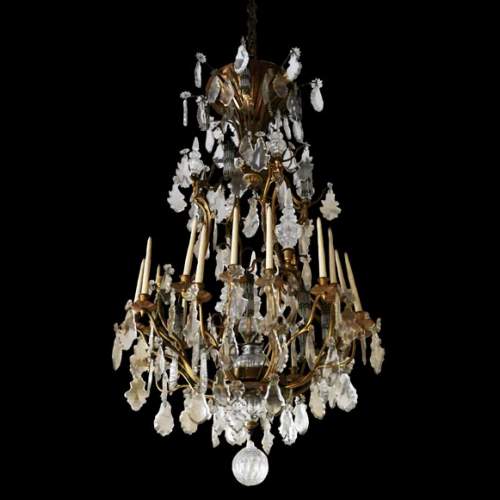Your selection is currently empty.
Here are the latest objects in our stock:
Dimensions:
Width: 96
Height: 170
Dimensions:
Width: 114
Height: 99
Depth: 35
Inner width: 78
Inner height: 85
Dimensions:
Width: 225
Height: 221
Depth: 71
Inner width: 137
Inner height: 162
Dimensions:
Width: 156
Height: 110
Depth: 41
Inner width: 119
Inner height: 83
Dimensions:
Width: 144
Height: 106
Depth: 41
Inner width: 103
Inner height: 2
Dimensions:
Width: 125
Height: 109
Depth: 39
Inner width: 85
Inner height: 92
Dimensions:
Width: 154
Height: 110
Depth: 41
Inner width: 106
Inner height: 91
Dimensions:
Width: 123
Height: 184
Depth: 10
Dimensions:
Width: 104
Height: 101
Depth: 35
Inner width: 71
Inner height: 88
Dimensions:
Width: 129
Height: 105
Depth: 32
Inner width: 97
Inner height: 84












